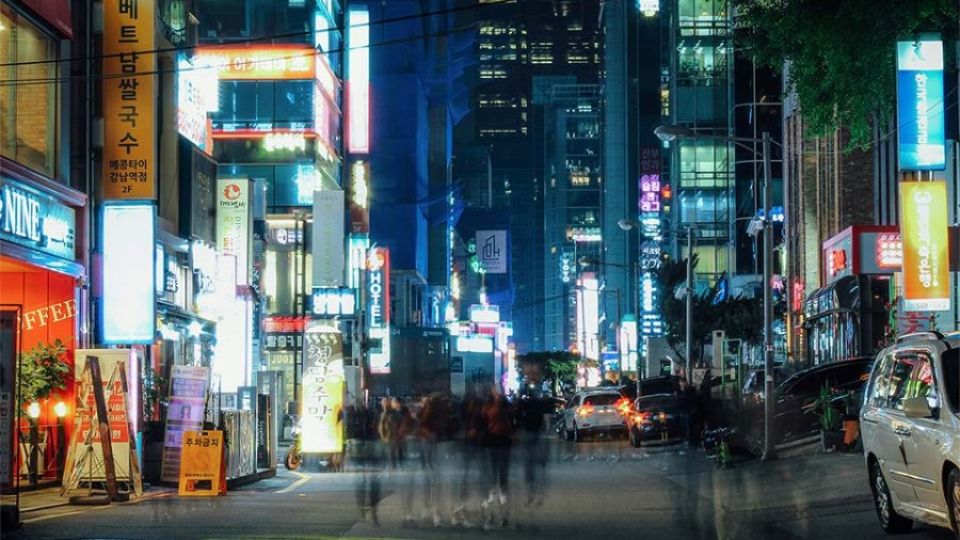November 7, 2024
SEOUL – Last week, the Ministry of the Interior and Safety reported that 2,459,542 foreign residents were living in South Korea as of November 2023. In the ministry’s case, the term “foreign residents” includes foreign nationals living in the country for three months or more as well as most naturalized citizens. The number of foreign residents, which is close to reaching almost 5 percent of the population, is the highest in South Korean history.
The continued increase in the number of foreign residents suggests that South Korea is on its way to becoming a multicultural and multiracial society. Trends are clearly moving in that direction, but questions and concerns remain among large swaths of the public.
The first group of concerns stems from Korean media reports of “problems” in other advanced countries in Europe with a higher percentage of migrants than South Korea. Reports focus on the difficulties societies have in absorbing migrants and various forms of discrimination they face. The reports often conclude with hints that South Korea can avoid these problems by limiting the number of foreign residents to those that benefit the country’s “national interest.”
The main problem with these reports is that they overlook the differences among the countries and their history of migration while also overlooking other cases that have relevance to South Korea. Since the 19th century, ethnolinguistic identity has been a powerful force in defining nations in Europe. Through revolutions, unifications and separations, nations centering on a dominant ethnolinguistic group have emerged. The most recent wave of ethnolinguistic-based separations occurred in the early 1990s after the collapse of communism in Central and Eastern Europe.
Countries in Western Europe, meanwhile, began welcoming workers from elsewhere to power booming economies during the recovery from World War II. As nations built around ethnolinguistic identity, migrants were labeled “foreigners” at first, but over time, they settled down and raised families while continuing to contribute to society. In response, ethnolinguistic identity in these countries has transformed in favor of more multicultural identities. Most of the negative reports are based only on the difficulties that recent migrants face. Those difficulties will fade in time as they settle down and find their way, just as previous waves of migrants have.
As an ethnolinguistic state, South Korea is in a similar position to many Western European nations during the first wave of postwar migration. Migrants are accepted mainly for their potential to contribute to the economy, but are not seen as immigrants and remain “foreigners,” often living at the margins of society.
This leads to an important question, which reflects the second group of concerns. Does South Korea have the structures in place to allow migrants to settle down and become Korean?
At present, the question is hard to answer because different groups of migrants are treated differently. Local governments have offered relatively more generous support for “marriage migrants,” many of them women from Southeast Asia who marry local Korean men. Foreign blue-collar workers, by contrast, are considered “temporary” and expected to leave at the end of their contracts.
To answer the question, South Korea needs vigorous public discussions about the relationship between Korean ethnolinguistic identity and the South Korean state. What is the place of nonethnic Koreans in South Korea? How should South Korea balance ethnolinguistic identity and multiculturalism?
To date, most public discussions of migrants in South Korea have focused on the need for migrants to compensate for shortages of workers and of brides for Korean men. Policies have been directed at encouraging people to come to Korea for those purposes. More recently, discussions have focused on the need to increase the number of international students to compensate for declines in the number of Korean national students.
Discussions of the need for educated white-collar professionals, by contrast, focus on their role in helping to “globalize” and bring new perspectives to institutional culture in Korea. They are viewed more as an amenity than a necessity and are thus easily expendable.
Instead of focusing on specific instrumental needs, the discussion should focus on the broader necessity to maintain South Korea’s vitality as a society. This discussion, of course, goes beyond migrants to include a range of policies. Viewing migrants from the lens of social vitality naturally leads to discussions about how to accept them as permanent and valued members of society.


